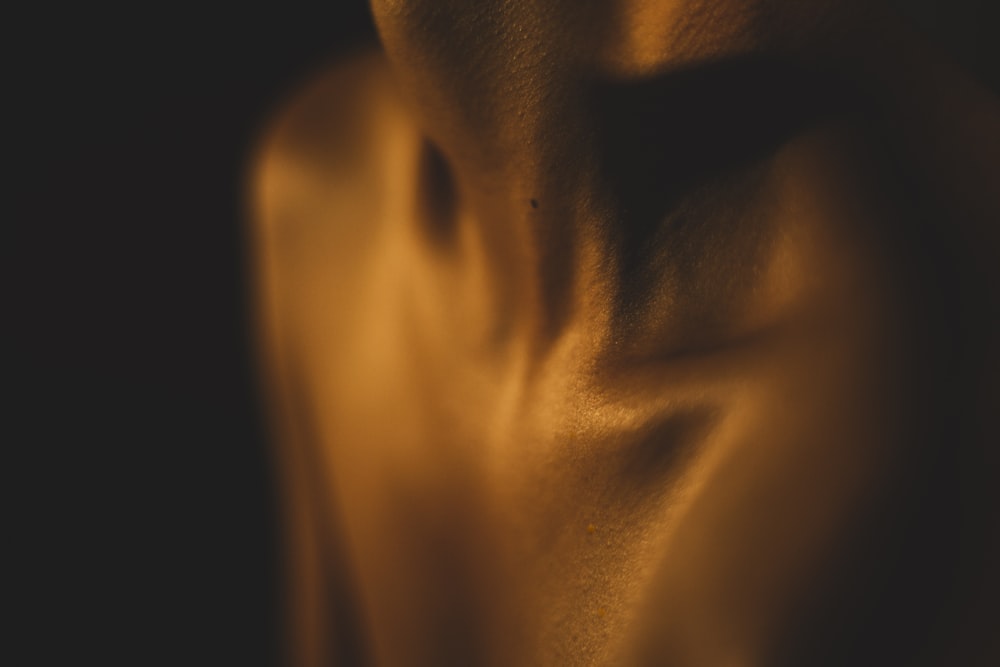People tend to use a lot of things without stopping to think a bit about their history. That is, who or what motivated the development or invention of a new technology or product. How many times have you used cosmetic jars and wondered what the story behind the invention of that packaging was? Although every object has an interesting story, today you are going to learn more about a tool that makes it easier for you to dose using drops. The first glass pipette was created in the 16th century by glassblowers who used a process called “cane drawing” to create thin glass tubes. These early pipettes were used primarily in the field of alchemy and were used to measure and transfer small volumes of liquid. By the 19th century, glassblowers had developed new techniques for creating more precise and accurate pipettes.
Advantages of dispensing using drops
One of the main benefits of using drops is the ability to measure and dispense small, precise amounts of liquid. This is especially important in the medical field, where accurate dosing is crucial for the safety and effectiveness of the treatment. For example, many liquid medications, such as antibiotics and eye drops, are dispensed using drops. The ability to measure and dispense precise amounts of these medications is essential for their effectiveness and safety. Another advantage of dispensing using drops is that it reduces the likelihood of errors. When liquids are dispensed using dropper bottles or syringes, it can be difficult to measure the precise amount of liquid needed. Furthermore, dispensing using drops also reduces waste. With drops, only the necessary amount of liquid is dispensed, reducing waste and saving money in the long run.
How to store and clean a glass pipette
Proper storage and cleaning of a glass pipette are essential to ensure its longevity and accuracy. When storing a pipette, it is important to keep it in a clean and dry place, away from heat and direct sunlight. This will prevent the pipette from becoming damaged or deformed. It is also a good idea to store the pipette in a protective case or sleeve to prevent it from getting knocked over or broken. When it comes to cleaning a glass pipette, it’s important to use the right cleaning agents. Avoid using abrasive or acidic cleaning solutions, as these can damage the glass and affect the accuracy of the pipette. Instead, use a mild detergent and warm water to clean the pipette. It’s also important to rinse the pipette thoroughly with distilled water before using it again.


